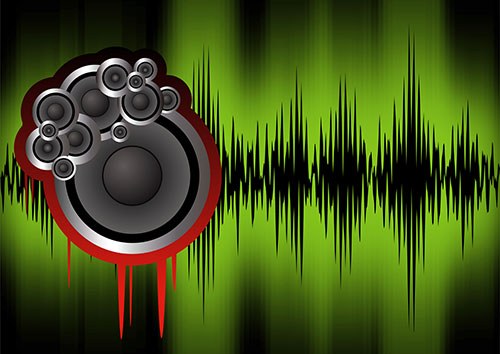You will need
- calculator;
- - physical reference;
- - tachometer;
- - sound sensor;
- - oscilloscope.
Instruction
1
Find the frequency of sound vibrations, if you know the length of their waves and the speed of sound in the medium where they propagate. Calculations should be made according to the formula F=V/L. Here V is the speed of sound in the medium and L is the wavelength (known value). Values of speeds of sound for different environments can learn from physical books. Thus, for air under normal conditions (temperature 20°C and a pressure close to atmospheric pressure) this value is 341 m/s. Therefore, for example, sound waves in air with a wavelength of 0.25 m will have a frequency 341/0,25=1364 Hz.
2
To find the frequency of sound vibrations, knowing their age, it is possible by a simple formula: F=1/T. note that to obtain correct values of frequencies are presented in Hz, the period T must be expressed in the SI system, that is to have the dimension in seconds.
3
To get the frequency of sound waves propagating in a live environment, perform a physical experiment. Apply specialized device is a tachometer. Today tachometers usually have high measurement accuracy and display information ready on the digital display.
4
In the absence of a tachometer for finding the frequency of the sound you can use the microphone or other audio sensor with sufficient sensitivity, and an oscilloscope. Connect the sensor to the oscilloscope and create the conditions for receiving a signal (for example, place the sensor in the test environment). Adjust the oscilloscope sensitivity so that the fluctuations on the screen appear with sufficient amplitude. By adjusting the frequency sweep until the display stable images. Find out the period of sound vibrations, focusing on the instruments scale. Find the frequency using the method described in the second step.
